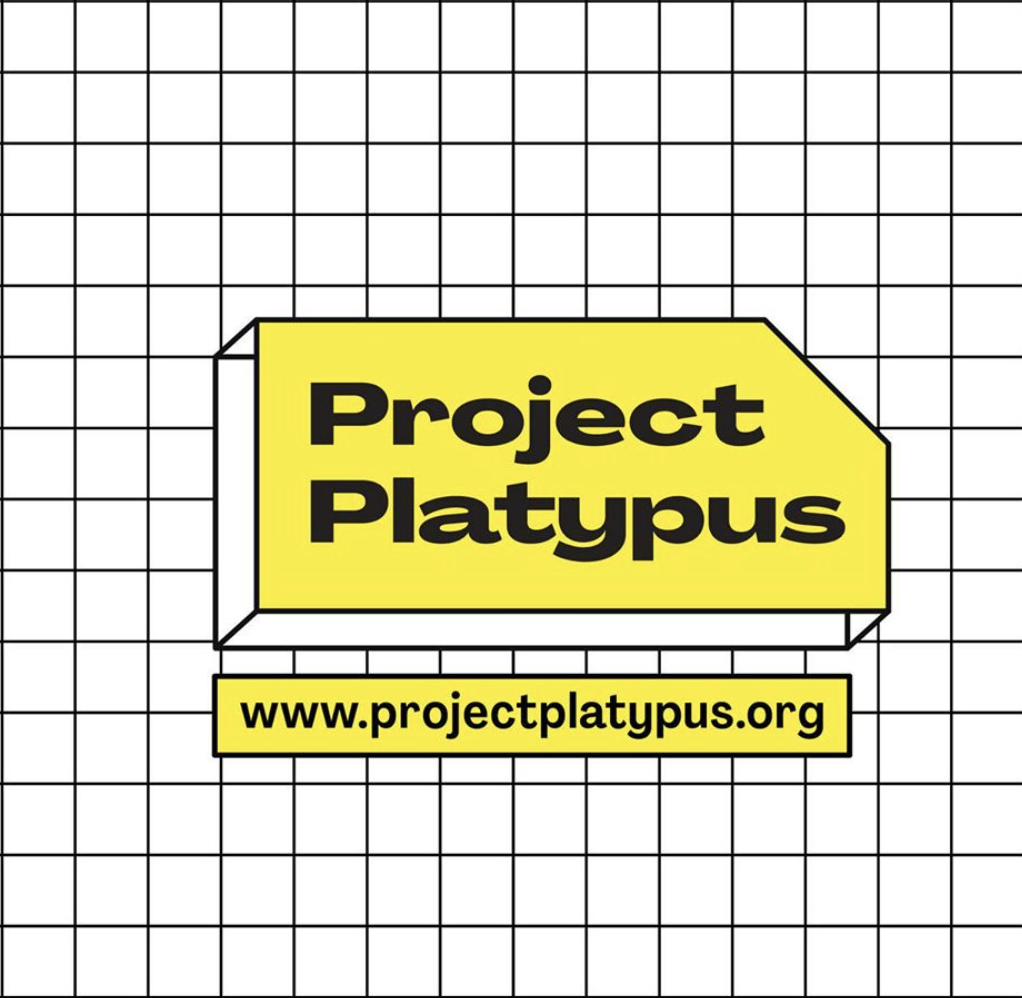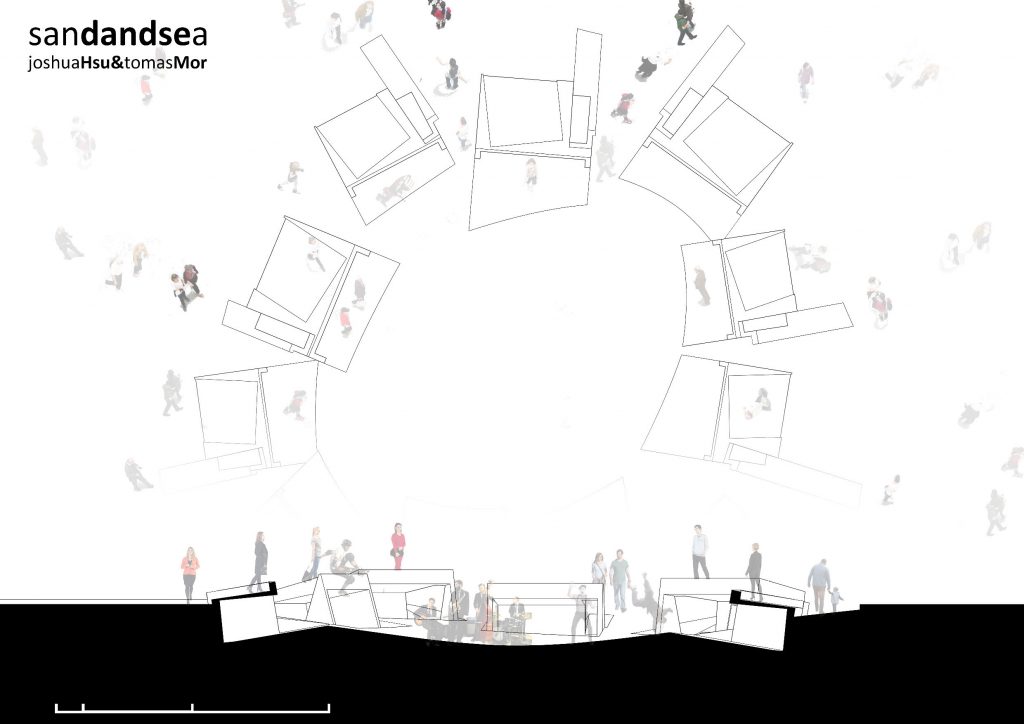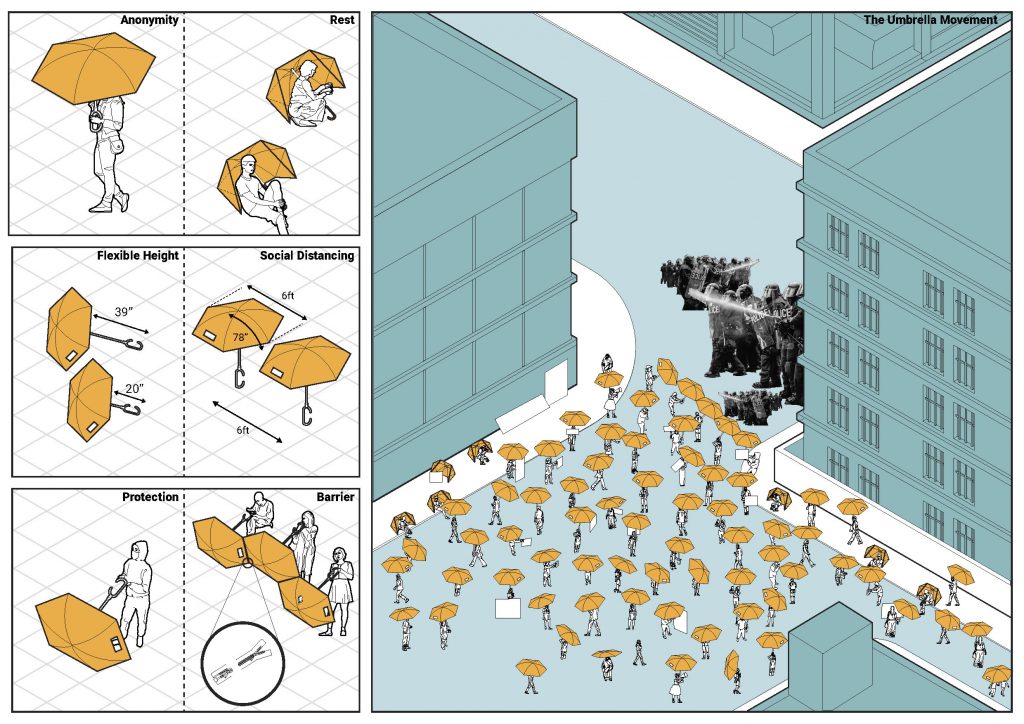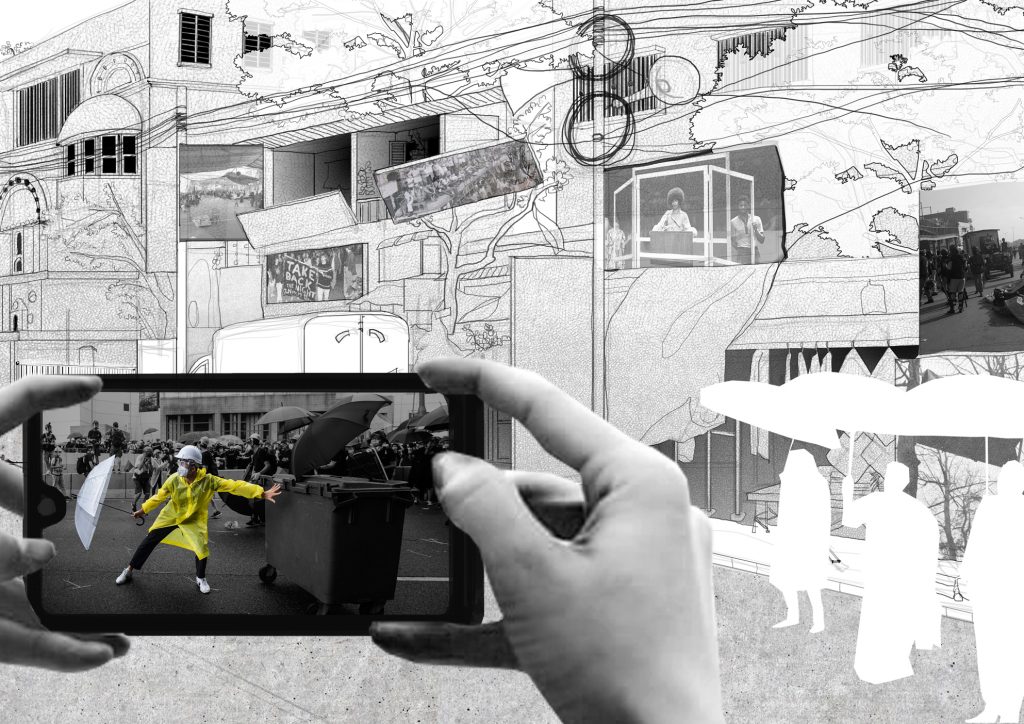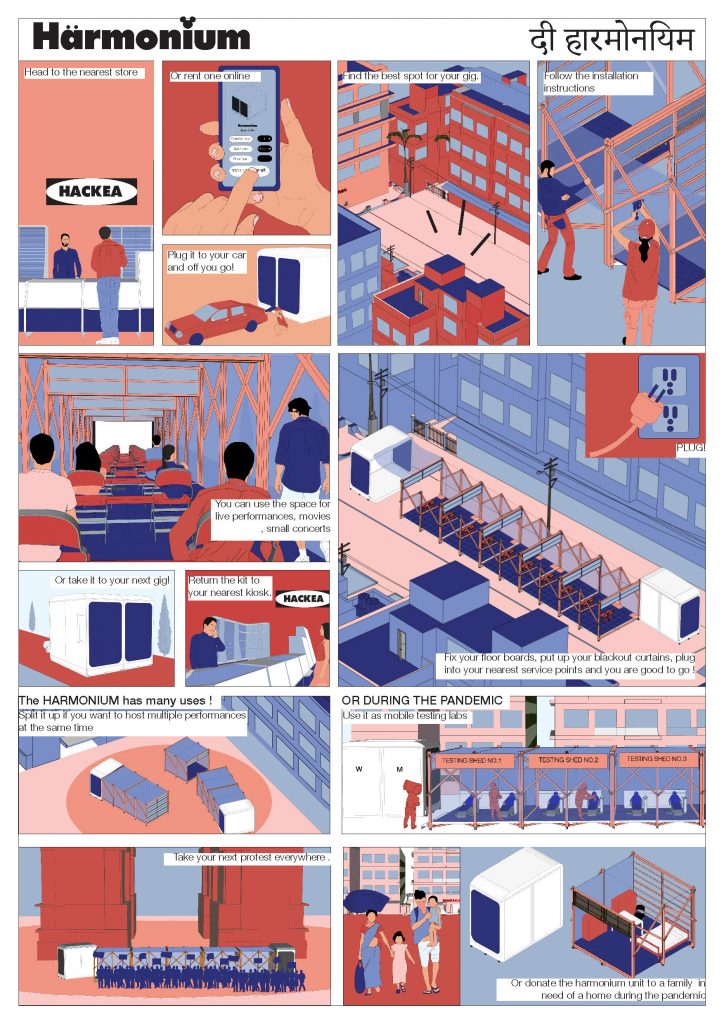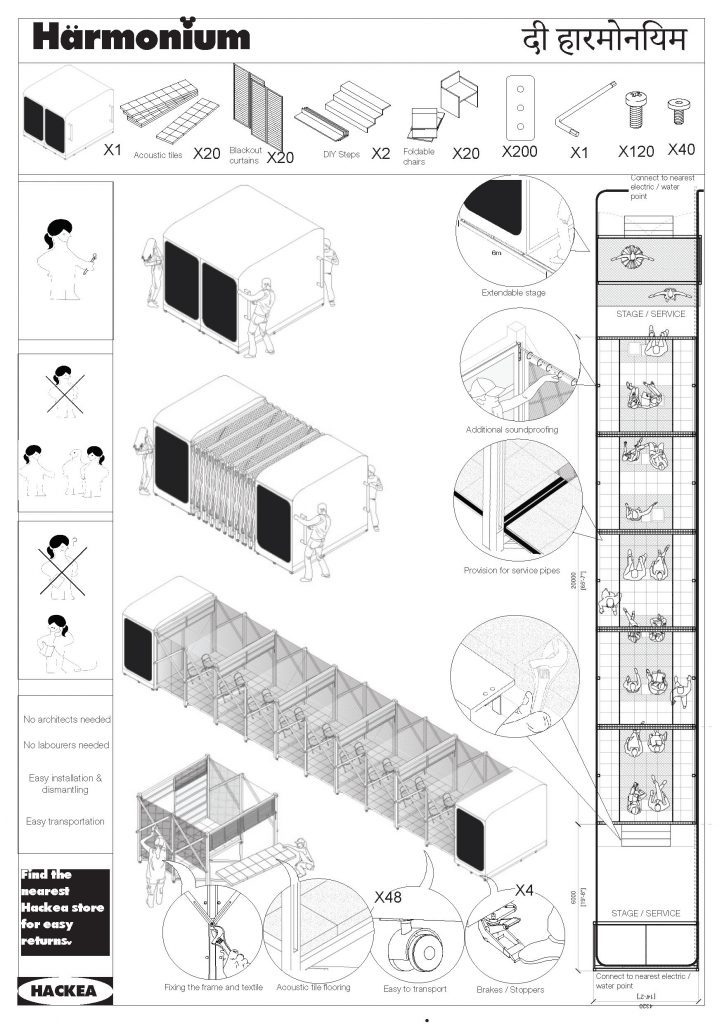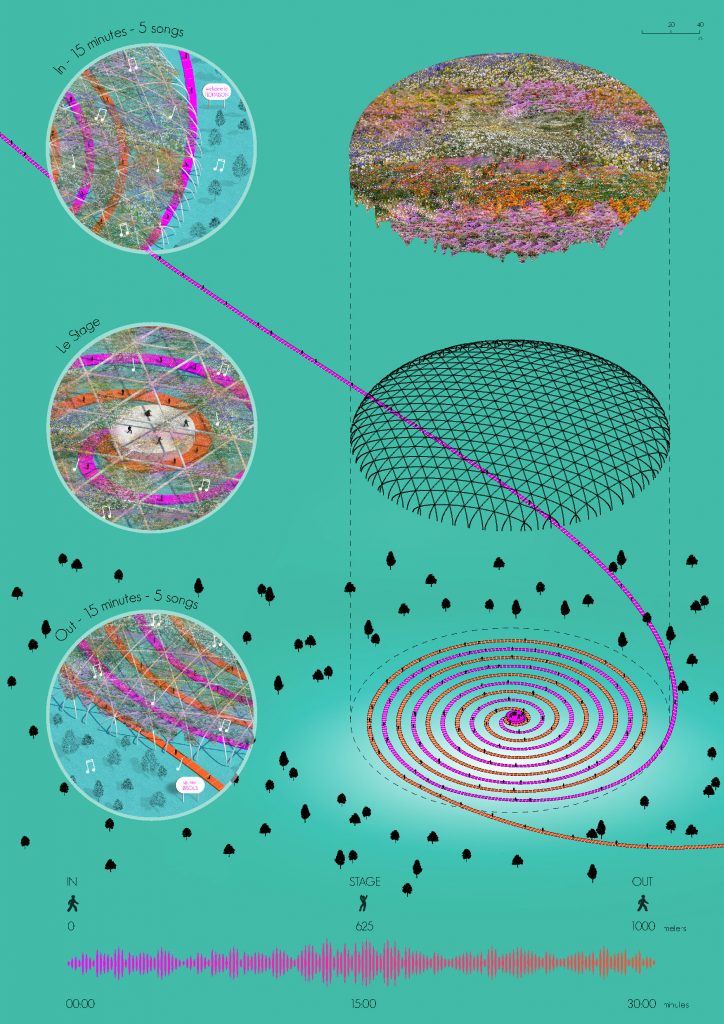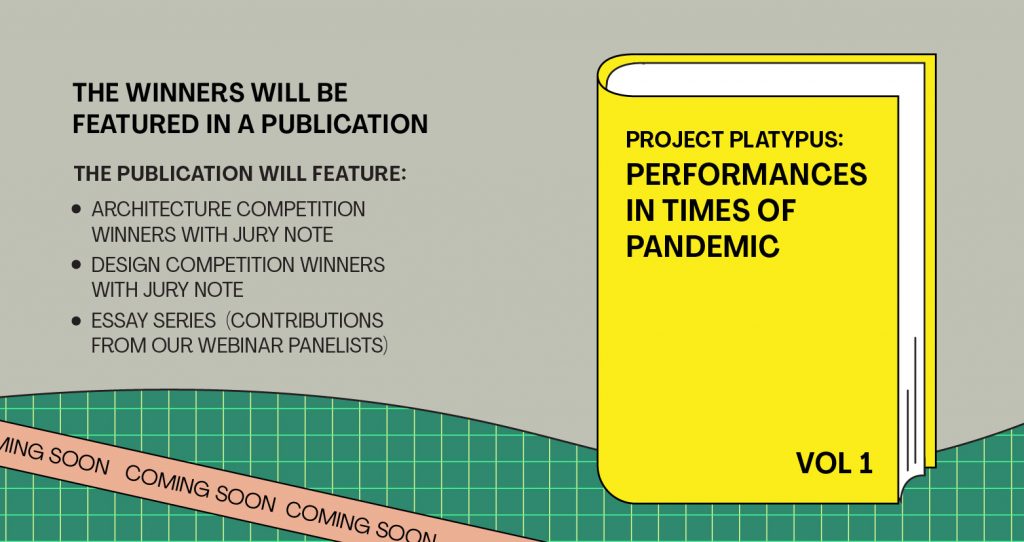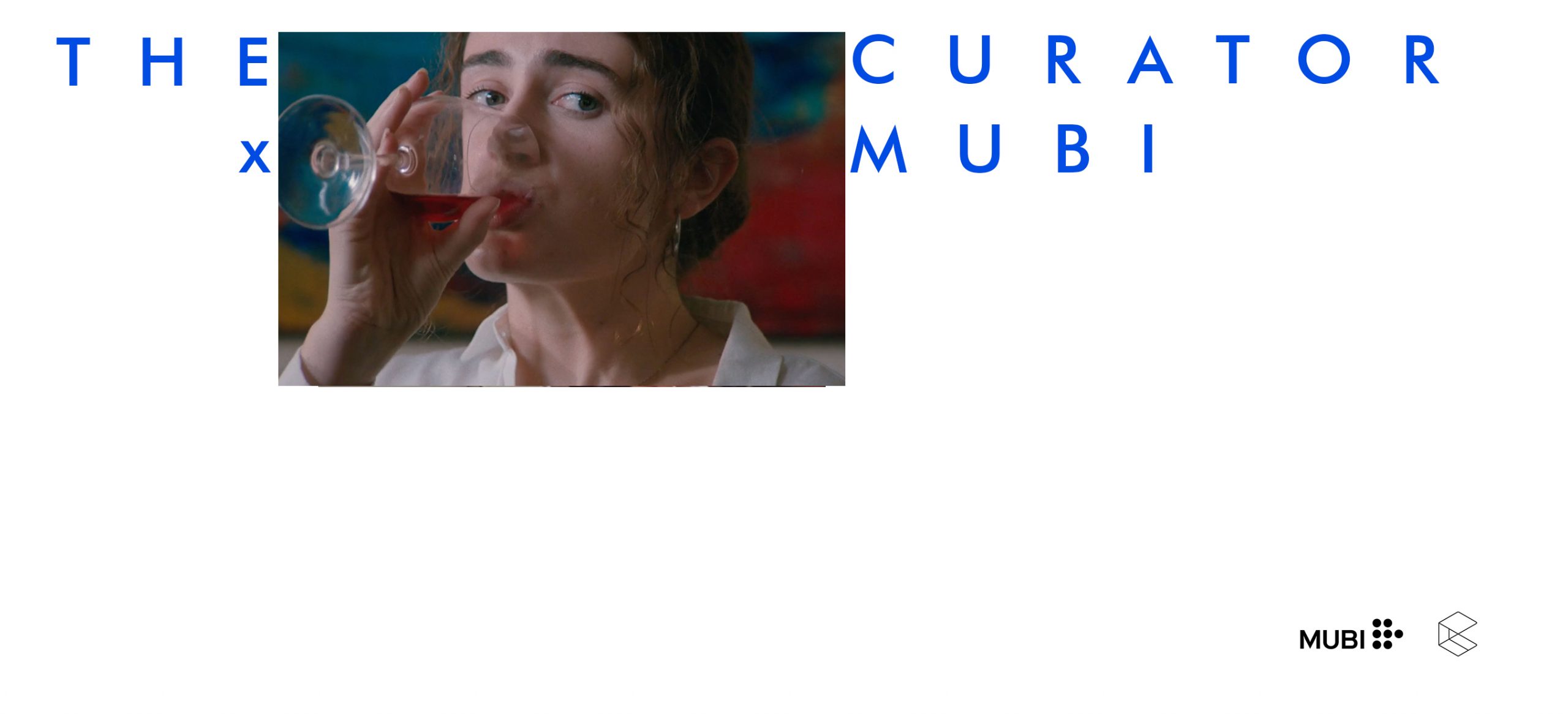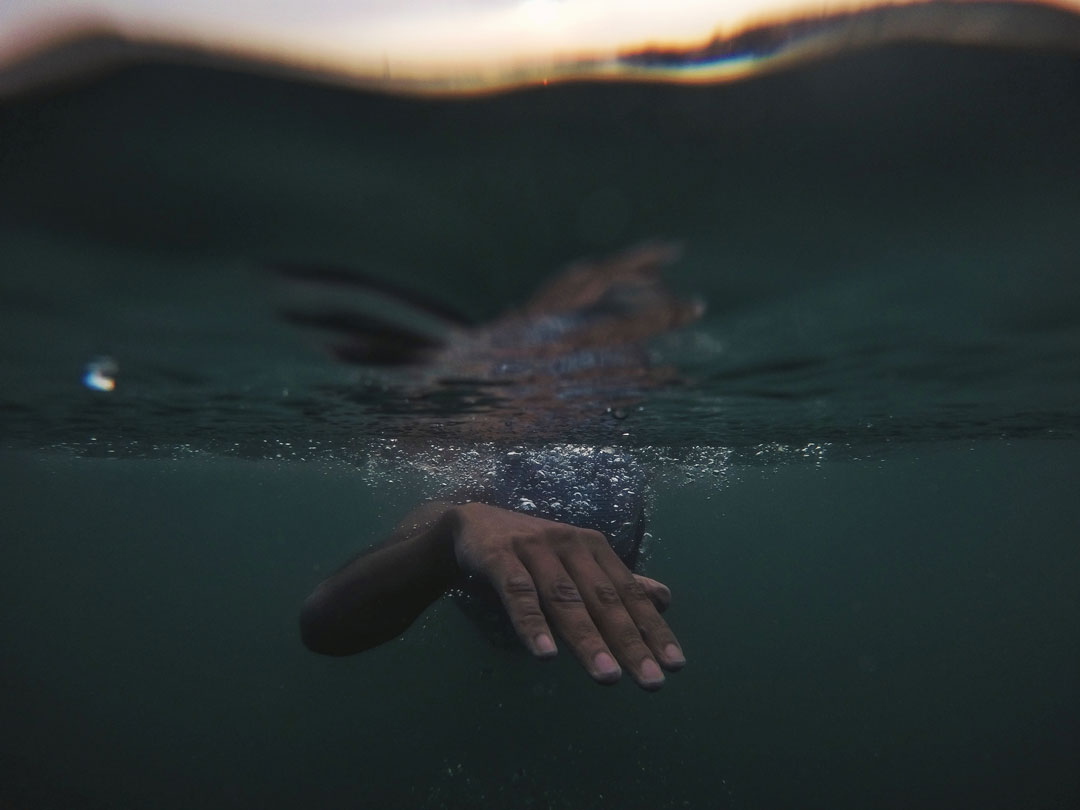1. Winner – sand and sea
Participants: Joshua Hsu and Tomas Mor
Team Code: PP0207
Gathering type: Dynamic
Occupancy: 40-50 people
Site: Piazza Trilussa, Rome, Italy
Project Description: In the Mediterranean culture, spontaneous gatherings are one of the most significant acts of human interaction and they take place in different spaces. In the Trastevere, Rome, the most popular gathering space is Piazza Trilussa, which is undoubtedly the best spot to perform for street performers. Located adjacent to River Tiber and surrounded by a host of great restaurants and bars, Piazza Trilussa is where people gather, grab a few beers with strangers, and appreciate music and the unique ambiance irreplaceable by any modern technology.
With the surrounding architecture as a backdrop, any corner on the piazza can be the stage for street performers; however, the center of the piazza is reserved for the best and most captivating performers. As the performance begins, flocks of people noticed the music is coming from what appears to be a collection of boxes embedded partially underground. They make their way to one these boxes and discover these boxes are arranged radially to the stage and the interstitial space between boxes are exit that affords pedestrians glimpses of the performance at center stage. Each box is equipped with two ramps, one leads to the balcony three feet above the ground, and a declining ramp that leads four feet underground to a seating area that connects to the stage. At the oddly small entrance is a sign specifying maximum occupancy: 2 people.
Piazza Trilussa is most crowded during lunch and dinner time, and that’s when the street performers like to perform. At other times of the day, the stage is open to the public. The project integrates with the site and is used for both performing arts and a safe space for spontaneous gatherings.
Jury Note: This project was commendable for its use of subtle landscape forms firmly embedded in the plaza that could serve as a very effective public space both during and beyond the pandemic. The design has the potential to inspire performances both inside and outside the ring of the platforms. Looking inward, it creates a perfect sunken stage for performances such as street theater or busking with the audiences perched safely above. Looking outward, the platforms serve as a vantage point for people to just lounge around during lunch hour while overlooking the theatrical surroundings and the daily rhythms of public life. This simple gesture can be easily reproduced in different layouts across many sites. The layout proposed here for the Piazza Trilussa in Rome could have alternatively included the existing site elements such as the fountain with its raised plinth and parallel steps as a backdrop for performances. The performative experience could be further enhanced by addressing lighting and articulating the underside of the platforms.
2. Runner Up – The Umbrella Movement: the performance of protest
Participant: Neeti Sivakumar
Team Code: PP0248
Gathering type: Dynamic
Occupancy: 50+ people
Project Description: ‘Architecture can change the course of protesting.’ While this statement is ideal, it does not help when today’s protests take place in the existing built fabric. The intervention proposed, much like the course of a protest, must adapt and grow from situations and issues we face today. The solution should work for a future that doesn’t just revolve around a pandemic but how we adapt to the harsh realities we face today. A protest is seen to be dependent on form, voice, and scale. Arterial streets are especially important as they can be used to disrupt everyday movement and absorb existing crowds. However, the landscape of a protest continues to morph with ever-changing public spaces and public space itself is somewhat privatised today. The addition of CCTV cameras, use of face recognition, installation of railings, etcetera, seem to be introduced to give security but what it also does is push back against everything that is considered ‘abnormal behaviour’. This targets the individual. A protest works because it signifies mass dissent but it is also important to acknowledge individual participation in such a performance. The umbrella becomes an entry point into facilitating the protestor. The symbol of the umbrella began during the 2014 protests in Hong Kong known later as the Umbrella Movement. The umbrella was soon declared a ‘weapon’ by the government as was seen to be a useful tool amidst the chaos and a few e-commerce websites stopped selling them. ‘Arming’ the individual with an umbrella helps create an image of solidarity.
Using this as a foundation to create a pandemic-proof protest, the umbrella is developed as a multipurpose structure. It would create a sense of security, solidarity, and voice to the individual, allowing them to retain their place in a public forum. The umbrella becomes a space of rest, playing a role in demonstrations, and a space of resistance, playing a role in protests.
Jury Note: This project stands out for pushing the limits of what can be characterized as a performance by addressing the art of protesting in the age of the pandemic and advanced surveillance. Just with the inclusion of simple design elements such as a zipper and a peephole, the humble umbrella is transformed into a symbol of dissent and solidarity in addition to serving as an accessible, effective, and mobile personal distancing marker. The design gesture is rather subtle but the main potential of the proposal lies in the forms of civic choreographies that it can mobilize. The landscape of umbrellas swarming along the street could become a form of spectacle which activates the surrounding windows, balconies, and terraces as residents emerge out to catch a glimpse. The proposal could be expanded by visualizing various layouts in which the umbrellas could be combined.
3. Honorable Mention – Harmonium
Participant: Niroopa
Team Code: PP0163
Gathering type: Intimate
Occupancy: 20 people
Project Description: Install. Plug. Perform. The future is here. This pandemic Hackea brings you the future of performance. Lightweight, customizable, multi-purpose and mobile that is how Hackea envisions the future of performance spaces to be . Taking design cues from the traditional Indian instrument with the same name Hackea introduces the compact and easy to build Harmonium.
Harmonium is an answer to the growing need for community in the post-pandemic age. In these tough times, its easy to install, plug and move feature makes art and performances accessible for both artists and the community. Take it to your local park or the main square, to your shopping street or the community hall Harmonium goes with you everywhere. Use it for your next gig, or an intimate book reading, your next play, a family outdoor gathering or even your next black lives matter protest Harmonium can be dismantled, re-configured, and installed however you want.
The standard Harmonium comes with five 4m x 4m interlocked units and each unit can accommodate 4 people with 2m social distancing. The design is meant to encourage more intimate, meaningful gatherings for a maximum of 20 people. It is easy to plug-in and conceals services, as well as adjustable stage location and distance, will be perfect for any event.
What’s more, the Harmonium is great during the pandemic too. Make your own isolation units in your backyard, host socially distanced play dates for your kids, or donate one for a family in need. Forget the traditional theatres and auditoriums, Harmonium is the new modular future in these rapidly changing times. Buy one, rent one or donate one today!
Jury Note: The notable feature of this project is that the proposed modular enclosure can be used for a broad range of functions that are not just restricted to providing space for performances. It is also remarkable that the process and the economics of acquiring, transporting, and installing the Harmonium modular units as well as sanitary utilities have been made visible. The linearity of the Harmonium could be reconsidered as it becomes a limiting factor for the visual and auditory experience of many forms of performance.
4. Honorable Mention – Festival Infini
Participant: Bronte Morris-Poolman, Emily Bremner
Team Code: PP0211
Gathering type: Festive
Occupancy: 4000 people
Site: Île Sainte-Hélène at Parc Jean-Drapeau, Montreal, Canada
Project Description: Festival Infini explores a new way of experiencing performance rooted in human connection, collective experience, and artistic expression, while simultaneously ensuring social distance in an open-air setting. Through the use of a single continuous, sinuous, and seemingly infinite pathway weaved within and between nine distinct performance habitats and across the site, Festival Infini uses pandemic health concerns as drivers for enhancing the collective festival experience.
Festival Infini is a large-scale music and arts festival with a capacity of 4000 attendees or “infinians” held on Île Sainte-Hélène at Parc Jean-Drapeau in Montreal, Canada. Infinians explore the site in pairs or individually along a pathway that meanders within and between habitats. The infinite path uses playful markers to maintain 2m between infinians. It also indicates pace and speed, reflecting a post-pandemic take on the collective experience of a music festival, as the pace of each individual produces a uniting domino effect.
The path invites infinians to actively engage with each other, their environment, and the music. The habitats are not only distinct in music genre and performance, but also in character, mood, ambience, and atmosphere. Their locations vary between open-green, aquatic, and forested sites. All nine consist of a concentric, swirling pathway leading to a stage in the center surrounded by an open-air geodesic dome structure that serves as the flexible backdrop for each habitant to come alive within. Each is designed to provide infinians with a unique half-hour experience to connect with their surroundings, the artists, and their fellow patrons. The approach and departure from the stage along the path provide equal opportunity for all to have an intimate moment with the artists. Between habitats, the open-air journey involves traveling bands, engaging performances, art installations, socially distant rest zones, bathrooms, and food/beverage kiosks.
Jury Note: Festival Infini is noteworthy for weaving aspects of time and motion into a narrative of a thousands of visitors simultaneously meandering through a park punctuated by chance encounters with performers. The project challenges the notion of social distancing as a dreary protocol by infusing it with elements of anticipation and wonder. The same concept of chance encounters as facilitators of social distancing could be explored in more fluid layouts rather than the prescribed spiral.
5. Honorable Mention – Fly Light Plaza
Participant: Abigail Benouaich and Styliani Leivadioti
Team Code: PP0227
Gathering type: Dynamic
Occupancy: 10-200 people
Project Description: The notion of the city and ‘city-life’ revolves closely around the act of gathering. Meeting, living and sharing lives with ‘strangers’ are the experiences that make city life memorable to its people. The Covid-19 pandemic, though alarming, brings with itself an aperture to redefine public life for ‘the cities of tomorrow’.
Fly Light reimagines the future of the performing arts experience. The spatial light installation promotes social distancing as a temporary solution to reactivate public spaces after the pandemic. Using light as a ‘temporary matter to capture a temporary state’, Fly Light harnesses behavioral design to transition people from the mental roadblocks of lockdown to engage in dynamic gatherings.
Mimicking the behavior of flocks of birds in flight, Fly Light is composed of two paradoxical planes dividing the urban, social and psychological space; a life subjected to limits and a life of freedom. The starting point is the creation of a temporary social distancing grid of 2m distance between people. The grid is translated into a hierarchical gradient in response to the plaza’s existing behavioural movement patterns, giving it a formal framework. An algorithm is used to extrude the grid above the ground to create a ‘curtain of light’ as a mesmerising flight pattern. The curtain of light projects light beams on to ground to emulate the safe grid, whilst simultaneously defining ‘invisible’ performance spaces. Moving as one single entity, the flight pattern’s light sources can alter in intensity, colour and composition, and can be adapted to different plazas, performance types and scales of audience.
Dropping a curtain of light over the night and ourselves, Fly Light is a poetic illustration of how we, as humans, are striving to live autonomously after lockdown. The flocking behaviour as a form of ‘self-organization’ gives agency to the people, whilst the ethereal quality of light echoes a message of hope and freedom.
Jury Note: This project is unique in its use of light as a playful and dynamic unit of social distancing in a public space. The play of light could be harnessed as an element of surprise and for directing focus towards the performer moving amongst a socially distanced audience. Similar to fountains, such an installation could be retained as an enduring and exciting element of public space even after social distancing norms are relaxed. The fabrication and assembly can be further elaborated.
After receiving a heartwarming response of 101 entries from our enthusiastic participants, the Project Platypus team shortlisted 20 projects from which our esteemed jury picked 2 the winning entries and 3 honorable mentions. Soon the winning and honorable entries of both the design competition and art campaign will be featured on various online platforms curated by our media partners. Also, we offer some special perks to our winners and honorable mentions – free registration for the next edition of Project Platypus’s competition!
It’s been an immense pleasure to engage with our participants, followers, jury members, webinar panelists, and moderators over the past few months, and kudos to our team for helping us put together our very first competition. Looking forward to many more ahead…
Watch this space for updates on exhibitions and the publication proceedings. Lots more to come!


